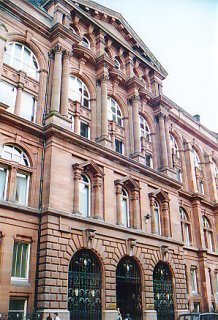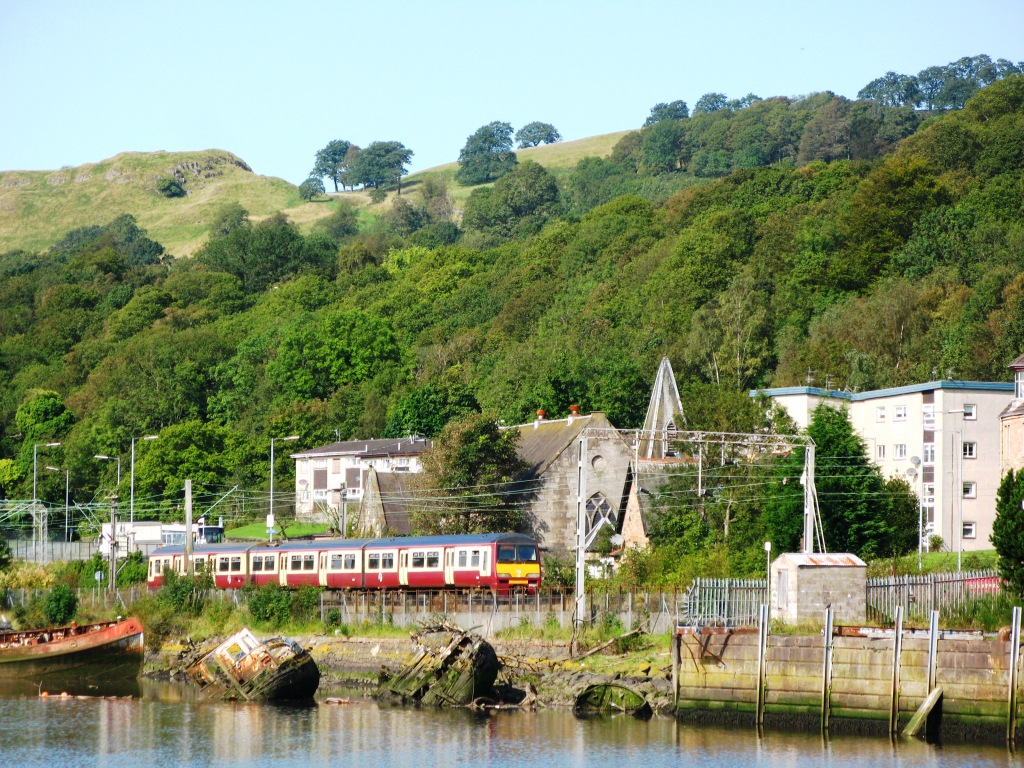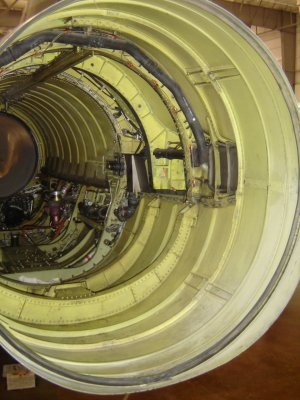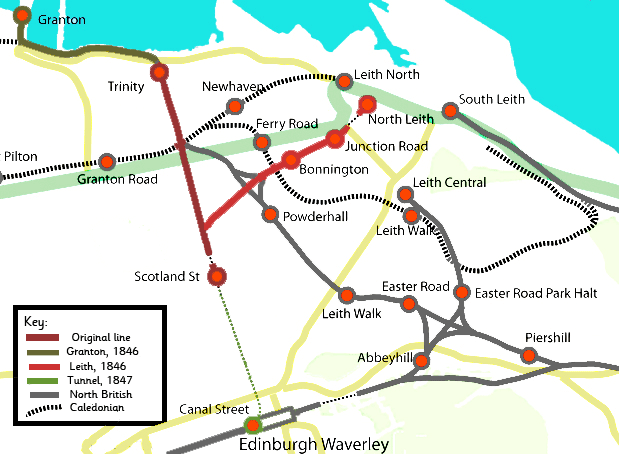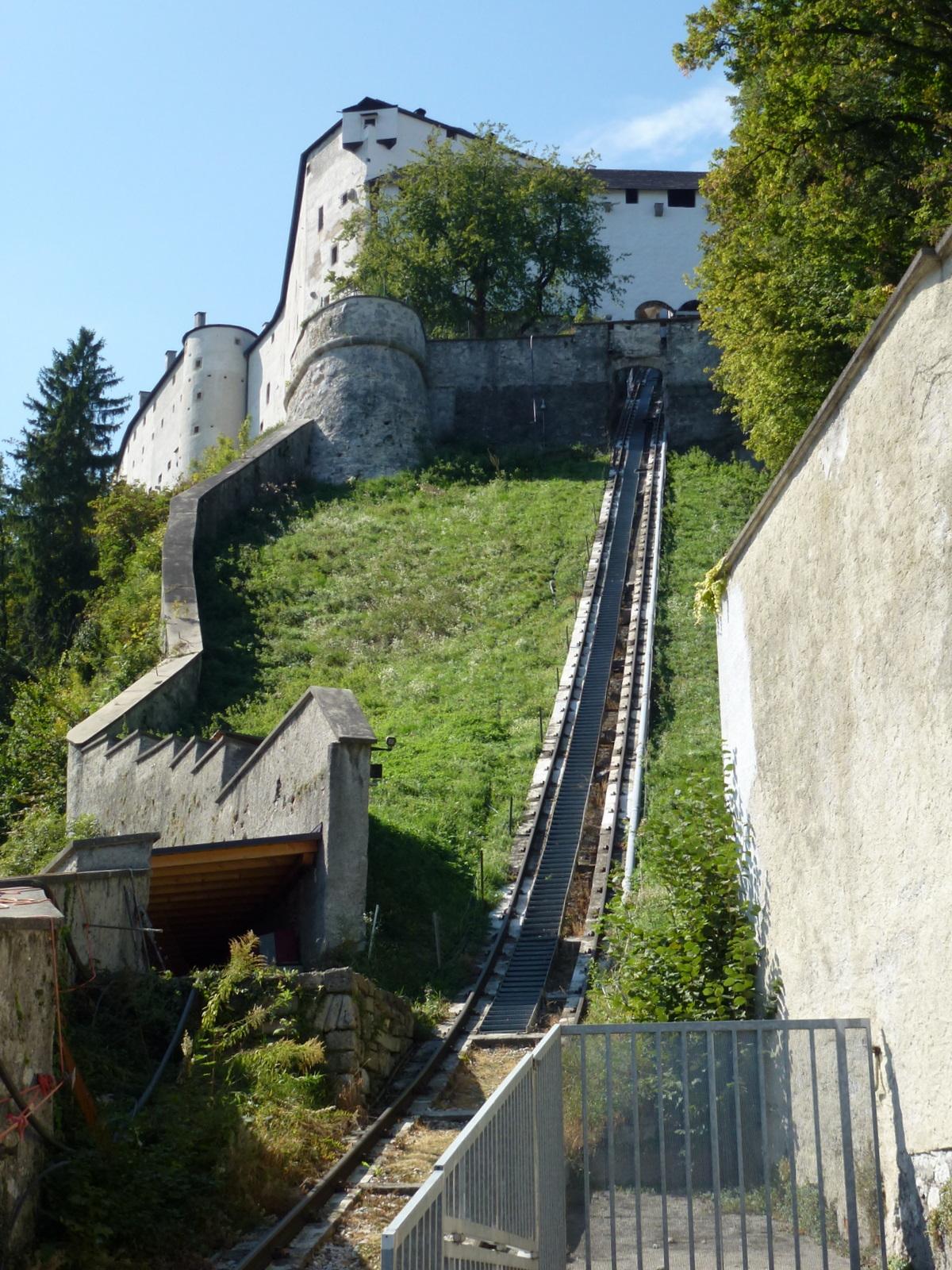|
High Street (Glasgow) Railway Station
, symbol_location = gb , symbol = rail , image = Train arriving at Glasgow High Street.JPG , caption = Train arriving at Glasgow High Street. The campus buildings of Strathclyde University are visible at the top of the photograph. , borough = Glasgow, Glasgow , country = Scotland , coordinates = , grid_name = Grid reference , grid_position = , owned = Network Rail , manager = ScotRail , platforms = 2 , code = HST , transit_authority = SPT , original = Glasgow City and District Railway , pregroup = North British Railway , postgroup = London and North Eastern Railway , years = 15 March 1866 , events = Opened as College replacing the station on the CoGURButt (1995), page 66 , years1 = 1 January 1914 , events1 = Renamed as High StreetB ... [...More Info...] [...Related Items...] OR: [Wikipedia] [Google] [Baidu] |
Strathclyde University
The University of Strathclyde ( gd, Oilthigh Shrath Chluaidh) is a public research university located in Glasgow, Scotland. Founded in 1796 as the Andersonian Institute, it is Glasgow's second-oldest university, having received its royal charter in 1964 as the first technological university in the United Kingdom. Taking its name from the historic Kingdom of Strathclyde, it is Scotland's third-largest university by number of students, with students and staff from over 100 countries. The institution was named University of the Year 2012 by Times Higher Education and again in 2019, becoming the first university to receive this award twice. The annual income of the institution for 2019–20 was £334.8 million of which £81.2 million was from research grants and contracts, with an expenditure of £298.8 million.. History The university was founded in 1796 through the will of John Anderson, professor of Natural Philosophy at the University of Glasgow, who left ... [...More Info...] [...Related Items...] OR: [Wikipedia] [Google] [Baidu] |
North Clyde Line
The North Clyde Line (defined by Network Rail as the ''Glasgow North Electric Suburban'' line) is a suburban railway in West Central Scotland. The route is operated by ScotRail Trains. As a result of the incorporation of the Airdrie–Bathgate rail link and the Edinburgh–Bathgate line, this route has become the fourth rail link between Glasgow and Edinburgh. Route The North Clyde Line (known as Dunbartonshire - Glasgow, Cumbernauld and Falkirk Grahamston in timetables), electrified by British Rail in 1960, ran east–west through the Greater Glasgow conurbation, linking northern Lanarkshire with western Dunbartonshire, by way of the city centre. Fifty years later, in 2010, the line was extended by Network Rail east from Airdrie, by way of re-opening the line to Bathgate meeting up with the line re-opened by British Rail from Edinburgh. The main core of the route runs from to via and Glasgow Queen Street (Low Level). To the east of the Glasgow city centre, there i ... [...More Info...] [...Related Items...] OR: [Wikipedia] [Google] [Baidu] |
Railway Stations In Great Britain Opened In 1981
Rail transport (also known as train transport) is a means of transport that transfers passengers and goods on wheeled vehicles running on rails, which are incorporated in tracks. In contrast to road transport, where the vehicles run on a prepared flat surface, rail vehicles (rolling stock) are directionally guided by the tracks on which they run. Tracks usually consist of steel rails, installed on sleepers (ties) set in ballast, on which the rolling stock, usually fitted with metal wheels, moves. Other variations are also possible, such as "slab track", in which the rails are fastened to a concrete foundation resting on a prepared subsurface. Rolling stock in a rail transport system generally encounters lower frictional resistance than rubber-tyred road vehicles, so passenger and freight cars (carriages and wagons) can be coupled into longer trains. The operation is carried out by a railway company, providing transport between train stations or freight customer facilit ... [...More Info...] [...Related Items...] OR: [Wikipedia] [Google] [Baidu] |
Railway Stations In Great Britain Closed In 1977
Rail transport (also known as train transport) is a means of transport that transfers passengers and goods on wheeled vehicles running on rails, which are incorporated in Track (rail transport), tracks. In contrast to road transport, where the vehicles run on a prepared flat surface, rail vehicles (rolling stock) are directionally guided by the tracks on which they run. Tracks usually consist of steel rails, installed on Railroad tie, sleepers (ties) set in track ballast, ballast, on which the rolling stock, usually fitted with metal wheels, moves. Other variations are also possible, such as "slab track", in which the rails are fastened to a concrete foundation resting on a prepared subsurface. Rolling stock in a rail transport system generally encounters lower friction, frictional resistance than rubber-tyred road vehicles, so passenger and freight cars (carriages and wagons) can be coupled into longer trains. The rail transport operations, operation is carried out by a ... [...More Info...] [...Related Items...] OR: [Wikipedia] [Google] [Baidu] |
Railway Stations In Great Britain Opened In 1866
Rail transport (also known as train transport) is a means of transport that transfers passengers and goods on wheeled vehicles running on rails, which are incorporated in Track (rail transport), tracks. In contrast to road transport, where the vehicles run on a prepared flat surface, rail vehicles (rolling stock) are directionally guided by the tracks on which they run. Tracks usually consist of steel rails, installed on Railroad tie, sleepers (ties) set in track ballast, ballast, on which the rolling stock, usually fitted with metal wheels, moves. Other variations are also possible, such as "slab track", in which the rails are fastened to a concrete foundation resting on a prepared subsurface. Rolling stock in a rail transport system generally encounters lower friction, frictional resistance than rubber-tyred road vehicles, so passenger and freight cars (carriages and wagons) can be coupled into longer trains. The rail transport operations, operation is carried out by a ... [...More Info...] [...Related Items...] OR: [Wikipedia] [Google] [Baidu] |
Former North British Railway Stations
A former is an object, such as a template, gauge or cutting die, which is used to form something such as a boat's hull. Typically, a former gives shape to a structure that may have complex curvature. A former may become an integral part of the finished structure, as in an aircraft fuselage, or it may be removable, being using in the construction process and then discarded or re-used. Aircraft formers Formers are used in the construction of aircraft fuselage, of which a typical fuselage has a series from the nose to the empennage, typically perpendicular to the longitudinal axis of the aircraft. The primary purpose of formers is to establish the shape of the fuselage and reduce the column length of stringers to prevent instability. Formers are typically attached to longerons, which support the skin of the aircraft. The "former-and-longeron" technique (also called stations and stringers) was adopted from boat construction, and was typical of light aircraft built until the ... [...More Info...] [...Related Items...] OR: [Wikipedia] [Google] [Baidu] |
Railway Stations In Glasgow
Rail transport (also known as train transport) is a means of transport that transfers passengers and goods on wheeled vehicles running on rails, which are incorporated in tracks. In contrast to road transport, where the vehicles run on a prepared flat surface, rail vehicles (rolling stock) are directionally guided by the tracks on which they run. Tracks usually consist of steel rails, installed on sleepers (ties) set in ballast, on which the rolling stock, usually fitted with metal wheels, moves. Other variations are also possible, such as "slab track", in which the rails are fastened to a concrete foundation resting on a prepared subsurface. Rolling stock in a rail transport system generally encounters lower frictional resistance than rubber-tyred road vehicles, so passenger and freight cars (carriages and wagons) can be coupled into longer trains. The operation is carried out by a railway company, providing transport between train stations or freight customer faciliti ... [...More Info...] [...Related Items...] OR: [Wikipedia] [Google] [Baidu] |
Coatbridge Branch (NBR)
The Coatbridge Branch of the North British Railway was a railway built to connect the important coal and iron industrial districts of Coatbridge and Airdrie directly to Glasgow for the North British Railway. It opened in 1871 connecting an existing network in the Monklands to a College station (later High Street) in Glasgow. This enabled mineral traffic to reach quays on the River Clyde, and passenger traffic was given a considerable boost when the Glasgow City and District Railway opened in 1886, connecting the Coatbridge line with the North Clyde network west of Glasgow. The line is open today, handling a considerable suburban passenger traffic and through trains to Edinburgh on the Bathgate route. History The coal railways In the first decades of the nineteenth century there was increased demand for coal in Glasgow, for domestic and industrial purposes. There were limited local supplies, and the Monkland Canal had been bringing coal in from the Monklands pits. In 1826 the Mo ... [...More Info...] [...Related Items...] OR: [Wikipedia] [Google] [Baidu] |
Edinburgh Waverley
Edinburgh Waverley railway station (also known simply as Waverley; gd, Waverley Dhùn Èideann) is the principal railway station serving Edinburgh, Scotland. It is the second busiest station in Scotland, after Glasgow Central. It is the northern terminus of the East Coast Main Line, from , although some trains operated by London North Eastern Railway continue to other Scottish destinations beyond Edinburgh. Location Waverley station is situated in a steep, narrow valley between the medieval Old Town and the 18th century New Town. Princes Street, the premier shopping street, runs close to its north side. The valley is bridged by the North Bridge, rebuilt in 1897 as a three-span iron and steel bridge, on huge sandstone piers. This passes high above the station's central section, with the greater half of the station being west of North Bridge. The central booking hall is just west of the northern massive stone pier of the bridge and cleverly hides it within its bulk. Wave ... [...More Info...] [...Related Items...] OR: [Wikipedia] [Google] [Baidu] |
Crossrail Glasgow
Crossrail Glasgow (formerly known as Glasgow Crossrail) is a proposed railway development in Central Scotland to connect the stations Glasgow Central and Queen Street. It has been estimated at a cost of £200 million. Since the 1970s, it has been widely recognised that one of the main weaknesses of the railway network in Greater Glasgow is that rail services from the south (which would normally terminate at Central main line station) cannot bypass Glasgow city centre and join the northern railway network which terminates at Glasgow Queen Street station, and vice versa for trains coming from the north. At present, rail users who wish to travel across Glasgow have to disembark at either Central or Queen Street and traverse the city centre by foot, or by road. Proposal The proposed ''Crossrail'' initiative involves electrifying and reopening the City Union Line for regular passenger use in conjunction with new filler sections of track, which are planned to connect the North ... [...More Info...] [...Related Items...] OR: [Wikipedia] [Google] [Baidu] |
Railway Station
Rail transport (also known as train transport) is a means of transport that transfers passengers and goods on wheeled vehicles running on rails, which are incorporated in tracks. In contrast to road transport, where the vehicles run on a prepared flat surface, rail vehicles (rolling stock) are directionally guided by the tracks on which they run. Tracks usually consist of steel rails, installed on sleepers (ties) set in ballast, on which the rolling stock, usually fitted with metal wheels, moves. Other variations are also possible, such as "slab track", in which the rails are fastened to a concrete foundation resting on a prepared subsurface. Rolling stock in a rail transport system generally encounters lower frictional resistance than rubber-tyred road vehicles, so passenger and freight cars (carriages and wagons) can be coupled into longer trains. The operation is carried out by a railway company, providing transport between train stations or freight customer facilit ... [...More Info...] [...Related Items...] OR: [Wikipedia] [Google] [Baidu] |
